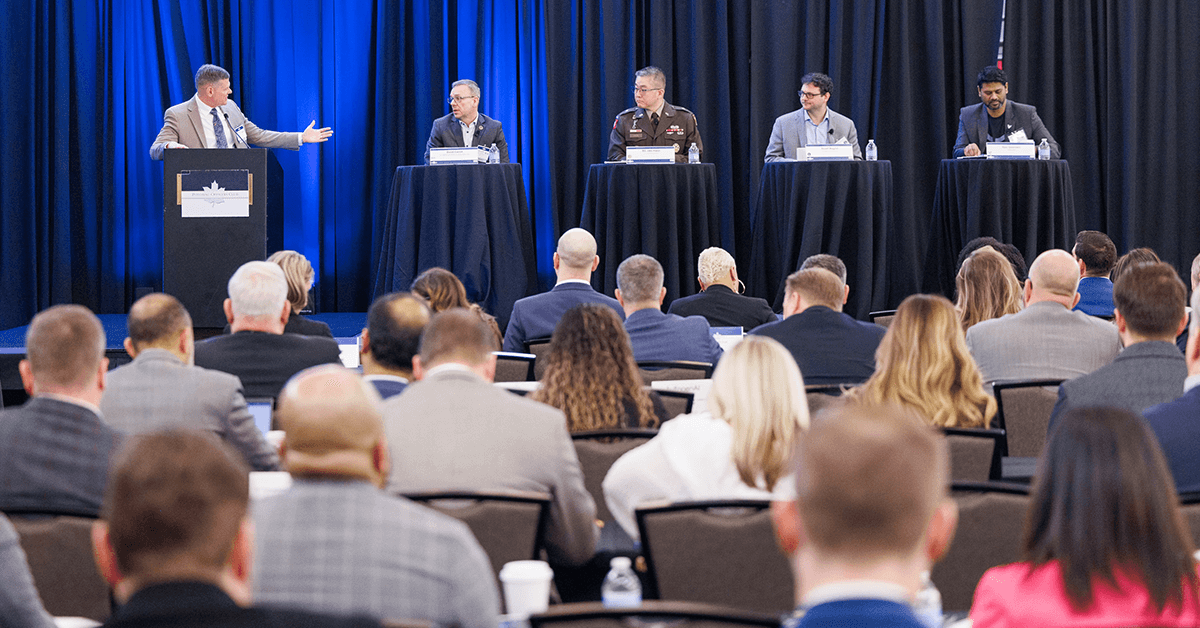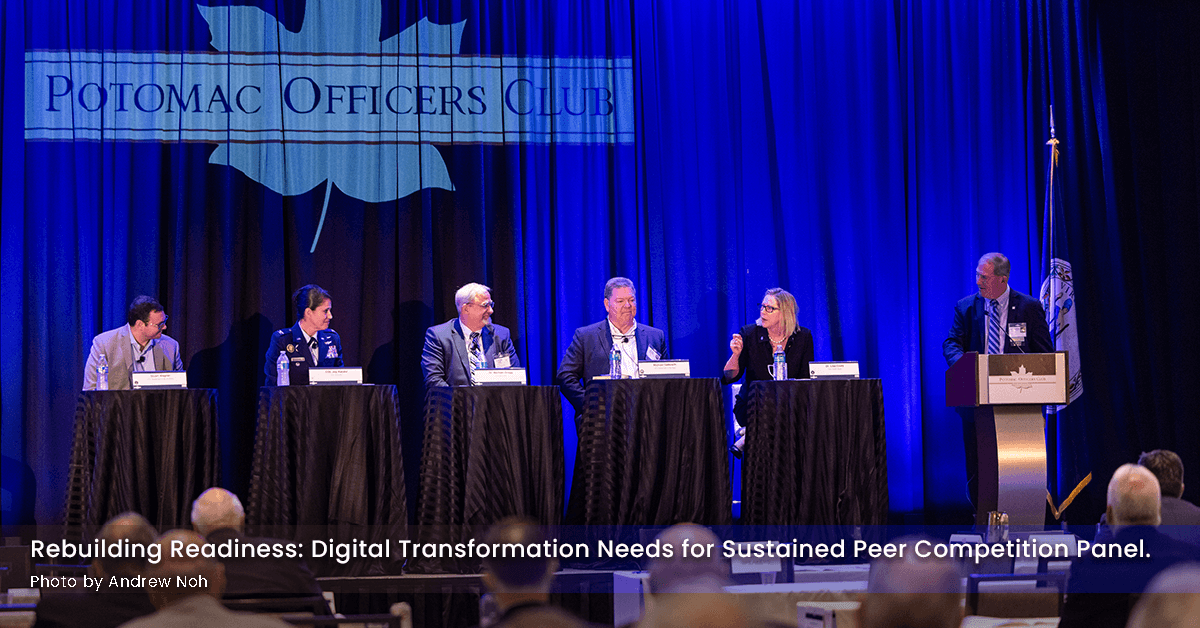As the U.S. military pivots toward the escalating peer competition and accelerates its migration to the cloud, its leaders are examining how to leverage cloud computing from operational scenarios all the way to the tactical edge.
Expanding the military’s technological capabilities at the edge is going to be paramount in the future fight, according to Stuart Wagner, chief digital transformation officer for the Department of the Air Force.
“Our needs in the future, and arguably in the present, are going to be the ability to rapidly engage in data-driven effects chains. And ‘data-driven’ means we must learn at the edge,” Wagner asserted in a panel discussion during GovCon Wire’s Second Annual IT Modernization and Transformation Forum.
Wagner illustrated the importance of rapid edge capabilities through the hypothetical “night after” scenario, which describes how our military forces would need to adapt, react and adjust to new adversarial capabilities and tactics after the first day of a potential future conflict.
In this scenario, military leaders would need to take what they learned about an adversary on day one of conflict and apply that information to weapons systems, strategies and capabilities rapidly overnight in order to fight better the next day, Wagner explained.
This need uncovers a sensor-to-sensor learning problem — or what industry calls “distributed learning” — which refers to the ability for all censored systems within coalition forces to learn information gathered by just one sensor system in a network.
If, for example, we “see a new adversary capability for the first time and we record the cross section of that capability (and now we can ID it), the ability to ID that system shouldn’t be reserved just to the one system that saw it, it should be that all systems that are censored could potentially detect it,” Wagner urged.
Through the lens of policy and connectivity, the sensor-to-sensor learning issue is tough to tackle, but from a machine learning perspective, it can reasonably be accomplished, shared Wagner.
Supporting this vision of widely connected sensor networks is cloud computing, which is also an essential part of JADC2. Federal leaders are increasingly turning to the cloud and edge computing capabilities to deal with the enormous influx of data their organizations are seeing today.
“One of the key benefits of the cloud and edge computing — which is part of the reason you see a lot of shift to that tactical edge compute — is the size of the data you’re dealing with,” explained Chuck Lewis, managing director of cyber and data analytics at MITRE.
“It’s getting to a point where you almost have to shift to more edge compute because you can’t bring everything back into a cloud environment, or whether it’s a hybrid environment where you do have some data on-prem. It’s just getting to be massive amounts of data, especially when you’re dealing with cyber data and you’re in the terabytes of data every day,” said Lewis.
Wagner concurred that the primary asset of cloud computing is the increased proximity of data to analysts and decision makers. However, there are risks associated with the cloud, especially at the tactical edge, and leaders must balance those risks with the rewards of cloud computing as the battlespace evolves.
“My one concern with simply hinging an entire war (or potential war) on a tactical edge cloud would be the fact that it could be disconnected. There are so many benefits with the cloud, but if it were disconnected, I’d be concerned. If I were an adversary, I would be looking at ways to disconnect that tactical cloud,” Wagner warned.
As it stands today, the broader federal government is still rapidly accelerating its migration to the cloud even in the face of these risks. “There’s still a large interest in moving to the cloud, despite the vulnerabilities that may have arisen,” shared Phillip Payne, technical lead for the Cybersecurity and Information Systems Information Analysis Center.


Learn more about how the cloud is changing the GovCon landscape and federal acquisition during GovCon Wire’s free “Elevating Procurement in the Cloud-First Era Webinar” on Nov. 17. Click here to register.








